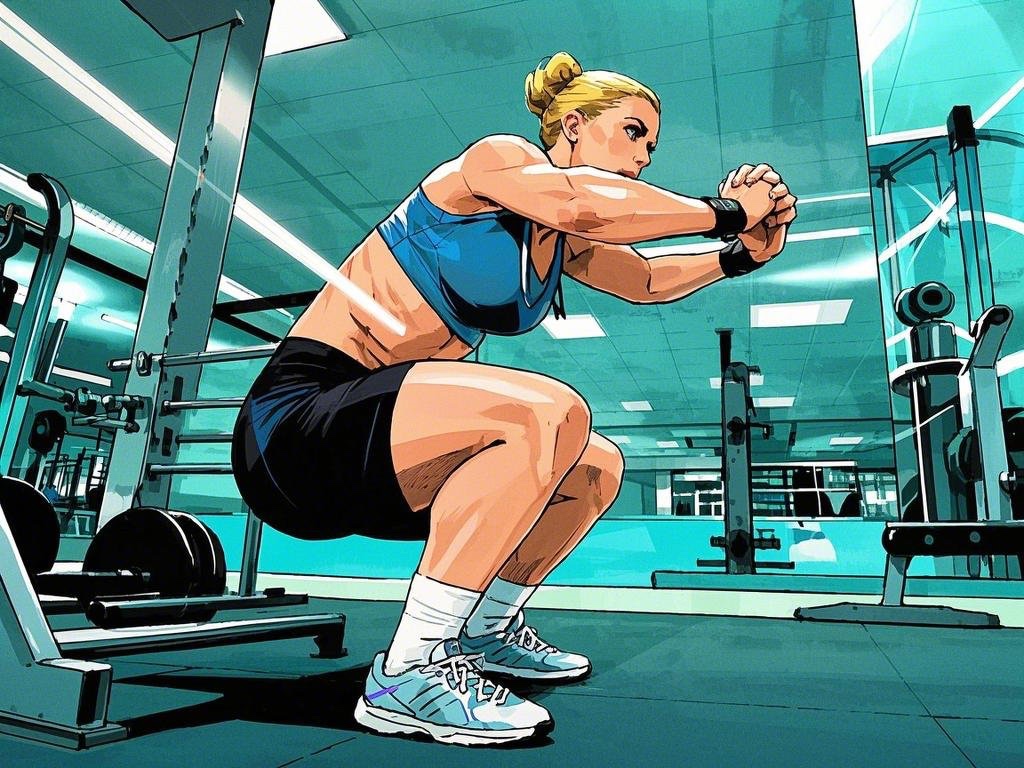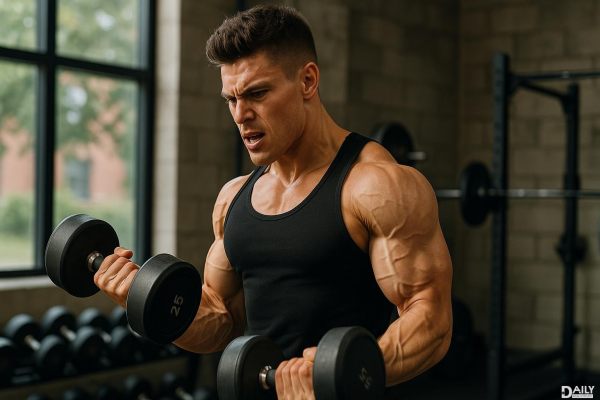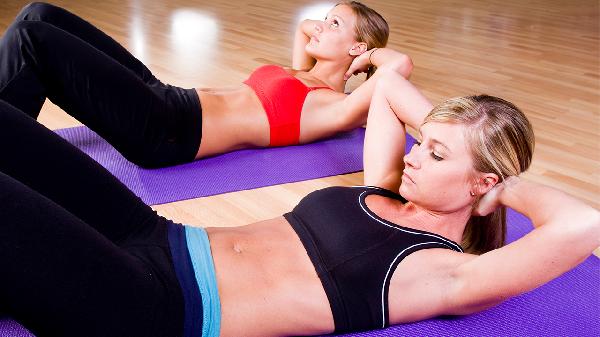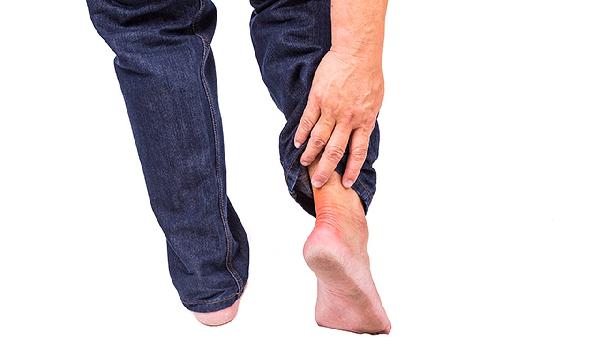Let’s break it down: parallel squats vs. full squats. Both are killer moves for building strength and sculpting those legs, but they’ve got their own vibes. Here’s why parallel squats might be your new go-to, depending on your goals.

1. Easier on the Knees
Parallel squats stop when your thighs are parallel to the floor, which can be gentler on your knees compared to full squats (where you basically touch the ground). If you’ve got cranky knees or past injuries, this might be a game-changer for you.
2. Focus on Quads and Glutes
While full squats engage your hamstrings and lower back more, parallel squats zero in on your quads and glutes. If you’re looking to build that booty or strengthen the front of your legs, this is your move.
3. Easier to Master
Let’s be real—full squats require serious mobility and flexibility in your ankles, hips, and lower back. Parallel squats are a bit more beginner-friendly, making them a solid starting point if you’re still getting the hang of squat form.
4. Lighter Load, Less Risk
Because you’re not going as deep, you can often lift heavier weights without compromising form. Plus, less depth means a lower risk of rounding your back or overloading your hips—a win for long-term joint health.
5. Functional Strength
Parallel squats mimic movements like sitting into a chair, making them super practical for everyday life. They’re a great way to build functional strength without pushing your body into extreme ranges of motion.
The Verdict
Both squats have their place, but if you’re just starting out, dealing with joint issues, or want to target specific muscle groups, parallel squats might be the better pick. Just remember—form is everything. Whether you’re going parallel or full, keep your chest up, core tight, and avoid those knees caving in.
So, which one’s your jam? Drop your thoughts below—or tag a friend who’s squatting their way to stronger legs!
























